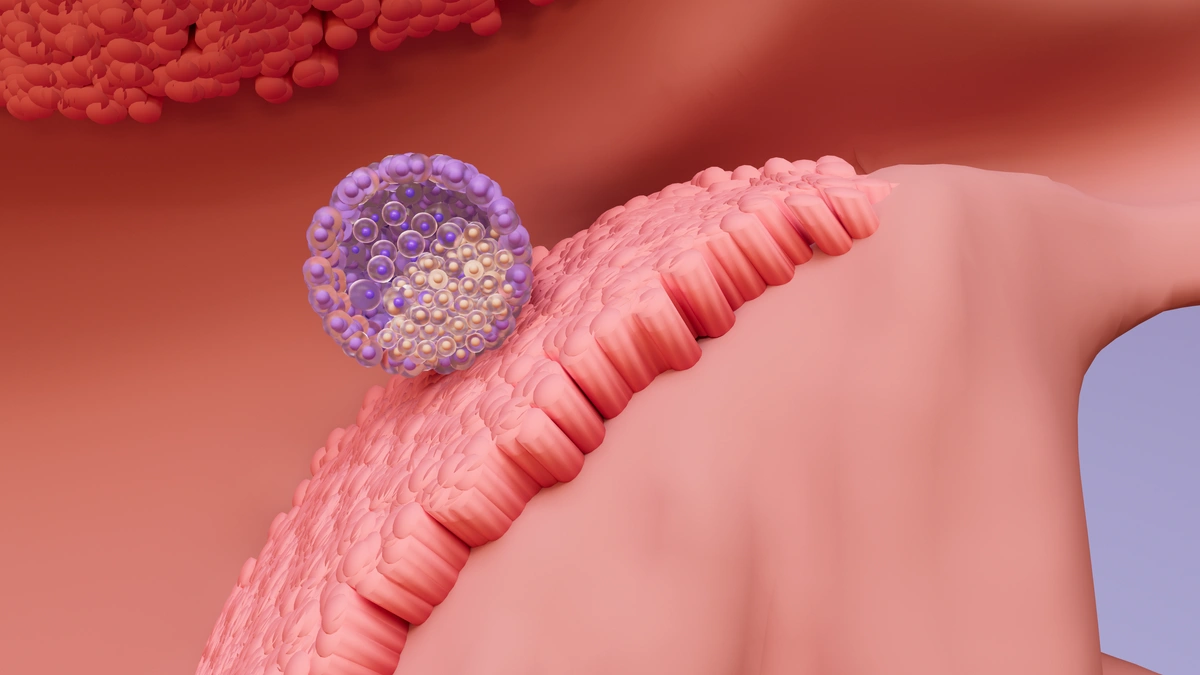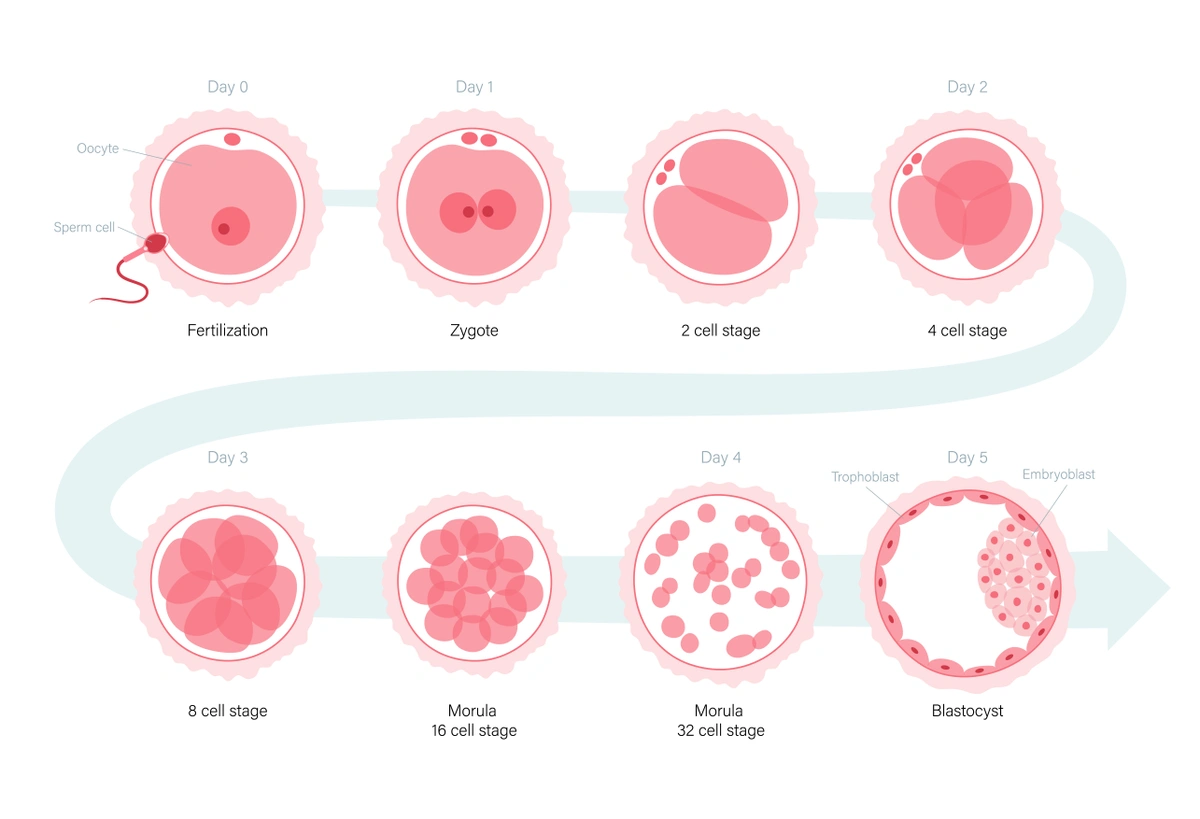
What Is a Blastocyst? Understanding This Key Stage in IVF
When you’re undergoing in vitro fertilization (IVF), it can feel like you’re learning a whole new language — with terms like retrieval, transfer, and embryo grading suddenly becoming part of your daily vocabulary. One word you’ll likely hear along the way is blastocyst — and it plays an important role in your path to pregnancy.
At Advanced Fertility Center of Chicago (AFCC), we’re here to break it down simply and supportively. Here’s what you need to know about blastocysts and why they matter in the IVF process.
What Is a Blastocyst?
A blastocyst is an embryo that has developed for five to seven days after fertilization. It’s a key milestone in early development and typically consists of two main parts:
-
The inner cell mass (which will become the fetus)
-
The trophectoderm (which will become the placenta)
By the time an embryo reaches the blastocyst stage, it has grown from a single cell into a structure of about 100–200 cells, ready to implant in the uterine lining.
Illustration of embryo development
Why Is the Blastocyst Stage Important?
The blastocyst stage represents a more advanced stage of development compared to earlier cleavage-stage embryos (which are usually 2–3 days old). Reaching this stage means the embryo has shown strong potential — it has divided properly, survived the critical early days, and likely prepared for implantation.
Some key advantages of transferring blastocysts include:
-
Higher implantation potential: Embryos that make it to day 5–6 are often stronger and more likely to implant successfully.
-
Better embryo selection: Waiting for embryos to reach the blastocyst stage allows embryologists to better assess their development and select the most viable ones.
-
Improved success with genetic testing: Preimplantation genetic testing (PGT) is typically performed at the blastocyst stage, when a few cells can be safely biopsied without harming the embryo.
Not All Embryos Reach the Blastocyst Stage — and That’s Okay
It’s important to know that not every embryo will grow to become a blastocyst. That’s completely normal. In fact, the development process helps embryologists identify which embryos are the most likely to lead to a healthy pregnancy.
At AFCC, our state-of-the-art labs and expert embryology team closely monitor your embryos throughout this process. We use leading-edge tools to give each embryo the best chance of reaching its full potential.
What Happens After the Blastocyst Stage?
Once embryos reach the blastocyst stage, they can be:
-
Transferred to the uterus during a fresh IVF cycle
-
Frozen (vitrified) for future use in a frozen embryo transfer (FET) cycle
-
Biopsied for genetic testing before transfer
If an embryo transfer is successful, the blastocyst will implant in the uterine lining and begin the next stage of development — leading to pregnancy.
Trust Your Journey with AFCC
At Advanced Fertility Center of Chicago, we combine compassionate care with decades of experience and advanced laboratory science to help you navigate every step of the IVF journey — from egg retrieval to embryo transfer.
Whether you’re just getting started or planning your next cycle, our team is here to explain each stage of development and give you the clarity you deserve.
Have questions about blastocysts, embryo transfers, or next steps in your fertility journey?
Contact us today to schedule a consultation and learn how we can support you!
Categories
About the AFCC Blog
Welcome to the Advanced Fertility Center of Chicago’s blog! Here, you will find information on the latest advancements in fertility care and treatments, including IVF, IUI, third-party reproduction, LGBTQ+ family building, preimplantation genetic testing, and more. Since 1997, we’ve used our experience and continuous investment in the latest fertility technology to help thousands of patients grow their families. Contact us today for more information or to schedule a new patient appointment.


